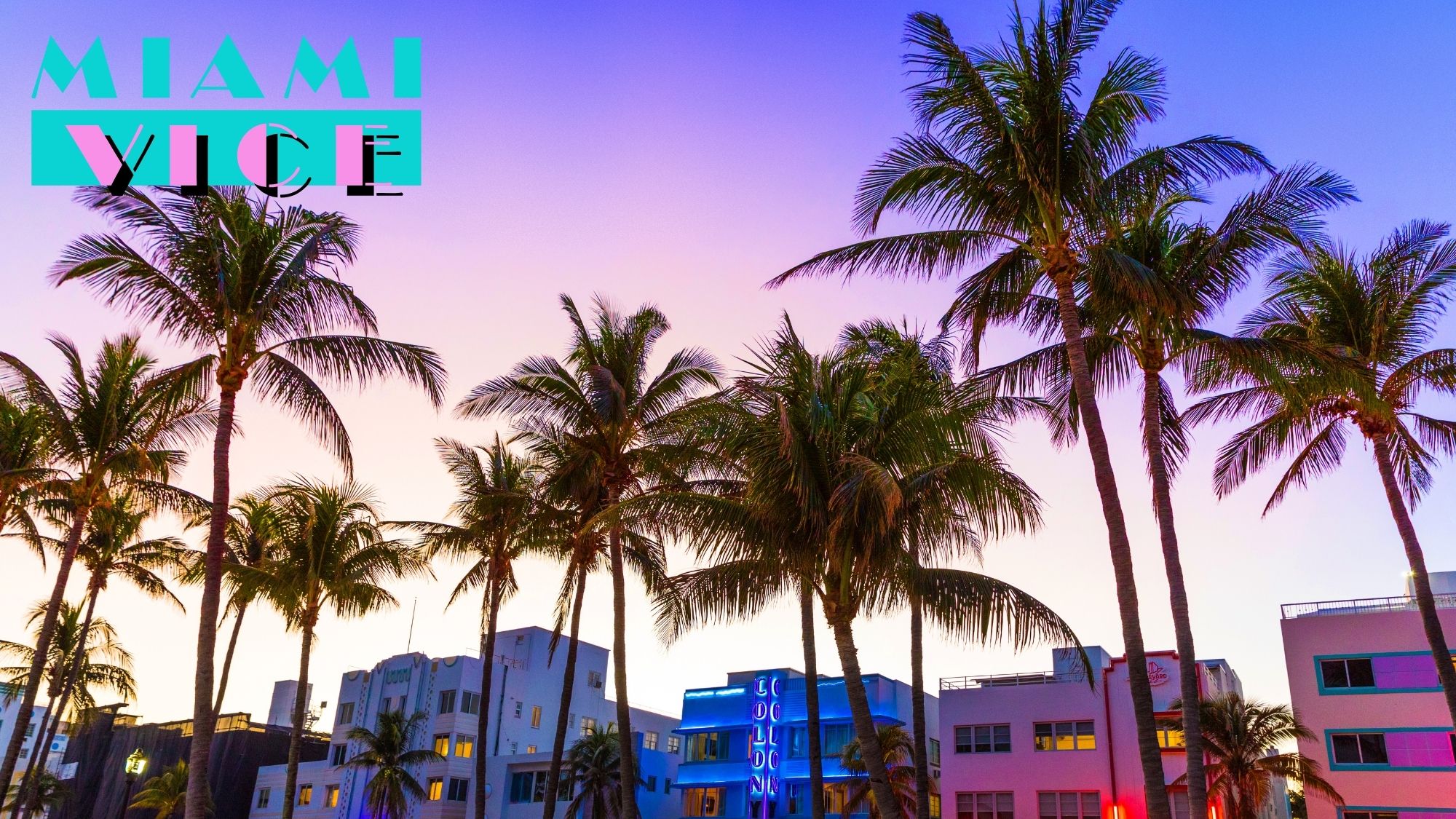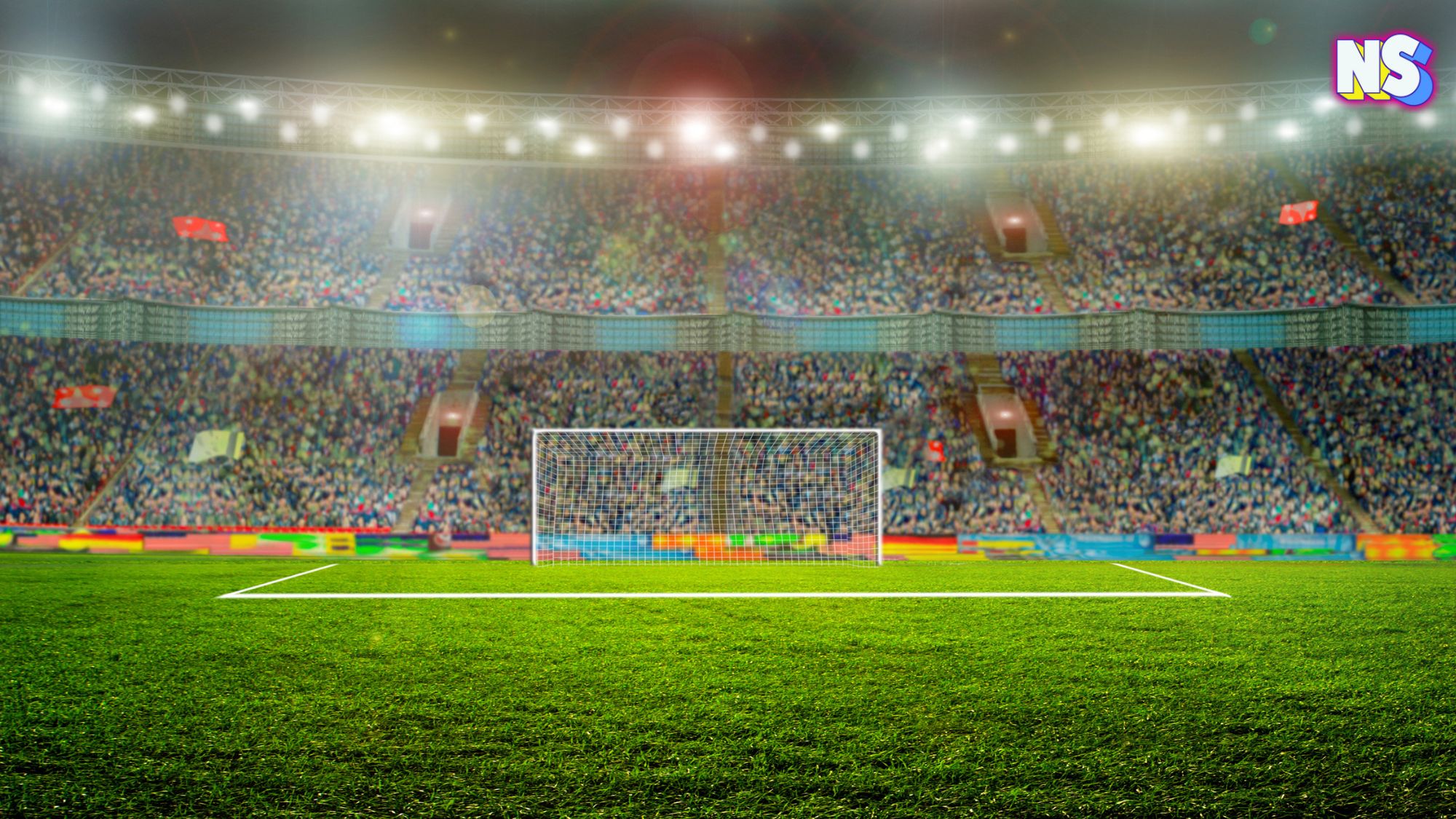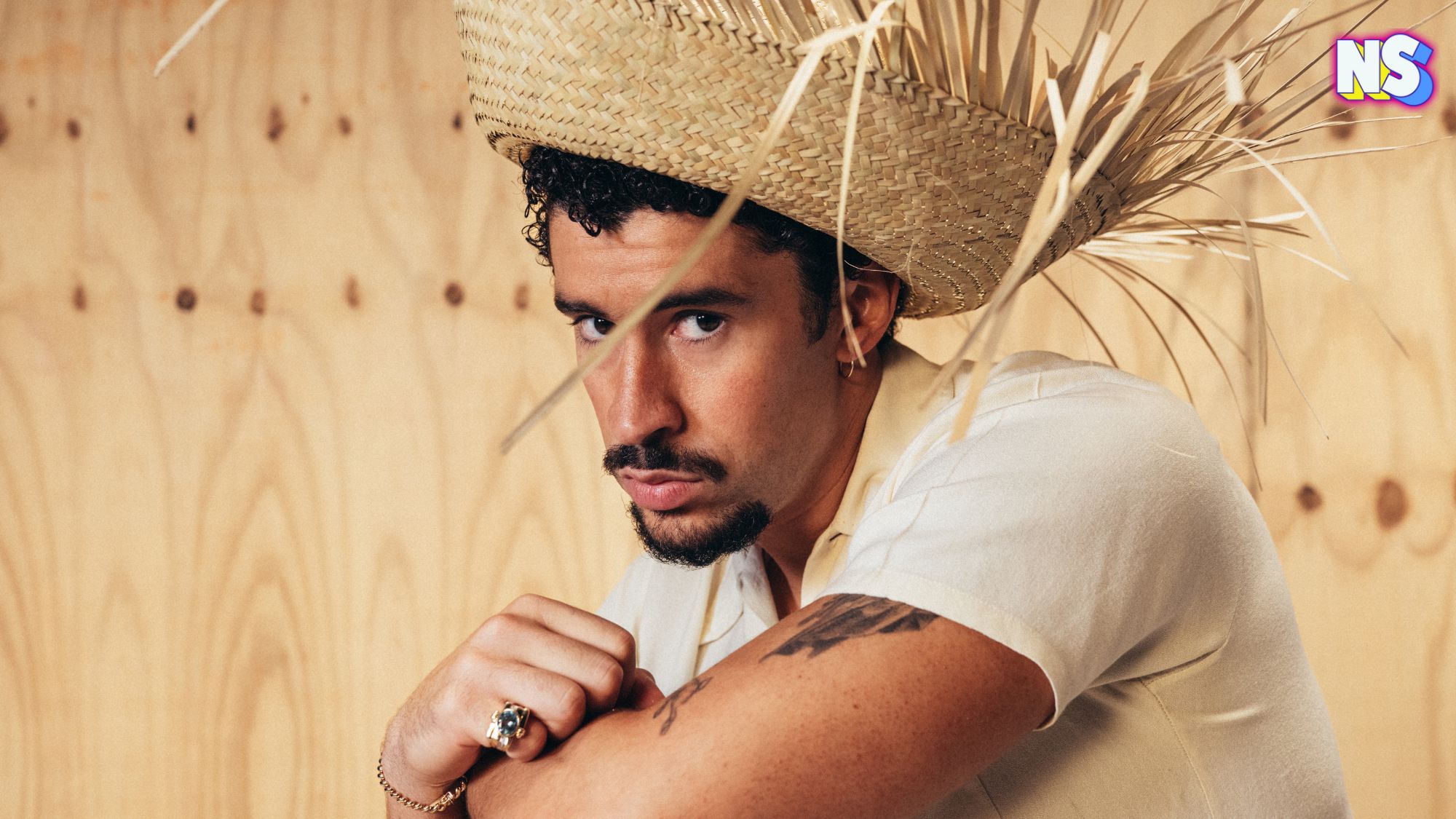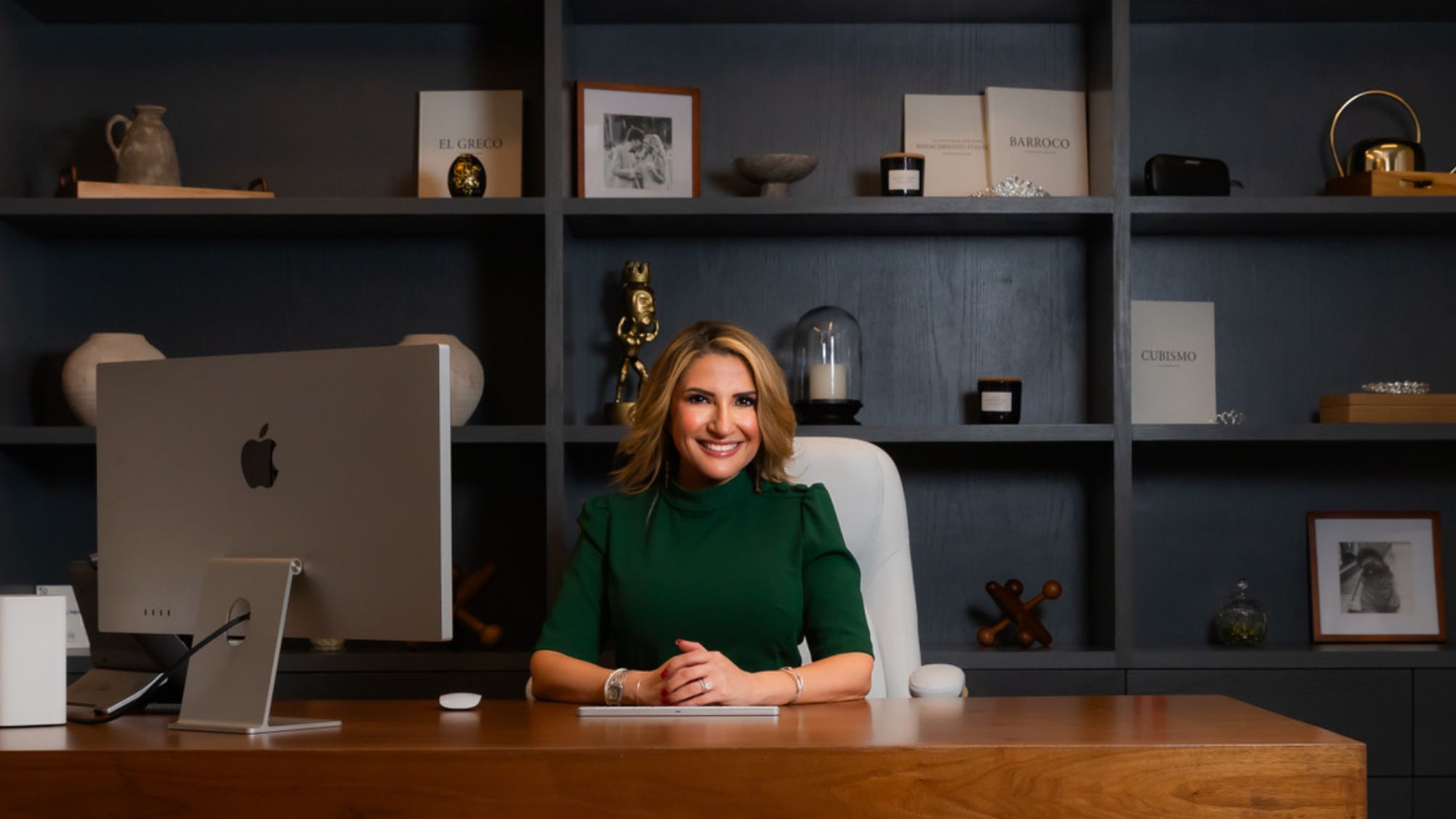It’s hard to believe that “Miami Vice” first hit television screens 40 years ago, in the fall of 1984. Has it been that long? The show was an instant hit, revolutionizing television. And, while “Miami Vice” was originally known for its slick, action-packed plotlines and iconic pastel fashion, its impact around town was bigger. It transformed Miami for the better.
“The Miami brand wouldn’t be the same without ‘Miami Vice,’ the TV phenomenon that cemented our reputation as a sexy, slightly sketchy tropical destination,” Martin Vassolo writes for Axios Miami.
Not only did the series cement its reputation as sexy and slightly sketchy, as Vassolo describes, “Miami Vice” was actually responsible for making the South Florida city what it is today.
“The flashy police drama … uplifted the Magic City in the midst of turmoil and brought investment and tourism to South Beach,” Vassolo adds.
From sprucing up landmarks once in disrepair, to revitalizing the tourism industry, “Miami Vice” changed the tropical southern city forever.
’Miami Vice’ Changed Miami
“Miami Vice” premiered on NBC network’s primetime lineup on Sept. 16, 1984, and ran for five seasons.
“The ‘cocaine cowboy’-era crime drama, featuring Don Johnson and Philip Michael Thomas as undercover cops, was revolutionary in its use of pop culture, style and music and spawned a film reboot in 2006,” CP24 news explains. “And by filming the show primarily in South Florida, the series helped transform the image of Miami and Miami Beach in a way that would reverberate for decades.”
In the early 1980s, Miami was struggling. In fact, Miami’s murder rate in 1980 was 25 percent higher than in any other major city in the country, according to a Miami News report at the time.
Nationally, its reputation had suffered due to the media coverage of violence and corruption. The 1980 Mariel boatlift, which saw thousands of Cuban refugees enter Miami, further complicating an already fraught social landscape. The 1980 Liberty City riots, which resulted after four Metro Dade police officers were acquitted after the brutal death of Black insurance agent Arthur McDuffie, also turned the city upside down.
“Three days of violence left 18 people dead, about 100 injured and more than $100 million in property damage in the Miami ghetto,” UPI reported in 1981.
Then “Miami Vice” changed it all.
‘It was dilapidated’
The city needed a rebrand, and it came in the most unlikely of forms — through television. “Miami Vice,” created by Anthony Yerkovich and produced by Michael Mann, brought Miami’s beauty to audiences worldwide.The only problem was that much of Miami’s beauty was still hidden, or forgotten.
“It was not ‘Hill Street Blues.’ It was not ‘Police Story,’ ” Former cast member Edward James Olmos recently told the AP. “It was way different in artistic endeavor on all levels. The creativity, as far as music, writing, production value. The production value was so overwhelming. We spared nothing. I mean, these people were serious, and they spent a lot of time and money for each episode, and it shows.”
Olmos also explained how the show breathed new life into the Magic City’s famed neighborhood of South Beach, which had fallen on hard times in the early 1980s. “When we were here, when we started the show in 1984, there was no South Beach,” Olmos said. “There was a South Beach, but it was dilapidated. The buildings were all literally falling into disrepair.”
Reviving Miami Beach
While most television shows were being filmed in Los Angeles, “Miami Vice” was shot around Miami. The problem was that the city wasn’t as photogenic as she is today. In fact, Miami Beach was known as “God’s Waiting Room” because of the number of elderly residents who lived there. Thanks to the show’s production team, the area’s landmarks were enhanced for the cameras and young actors played the city’s locals.
“They cast young, attractive extras to replace the retirees for beach and poolside shots,” Axios Miami writes.
Today, Miami Beach is known for its young party crowds. And restaurants now line the colorful Art Deco District.
Pastel Glamor and Style
From the first episode, Miami Vice delivered a visual feast, with Miami’s skyline, Art Deco buildings, and palm-lined streets taking center stage. The producers intentionally used the city as a character, showcasing its beauty in a way that had never been done before. Before the show, many Americans — and international audiences — had a negative view of Miami, but “Miami Vice” changed that.
The show injected Miami with glamor and style, using pastel-colored suits, luxury cars, and high-energy music to create an aspirational vision of the city. It became the epitome of 1980s cool. Viewers wanted to experience Miami for themselves, leading to a boom in tourism. According to the Greater Miami Convention and Visitors Bureau, Miami saw a surge in visitors during and after the show’s run. What had once been a city primarily known for its retirees suddenly became a hub for young, affluent travelers, drawn to its image as a playground for the rich and famous.
Economic Growth and Cultural Revitalization
“Miami Vice” did more than improve Miami’s image. It also contributed directly to its economy. The show was filmed almost entirely on location, bringing millions of dollars in production revenue to the city. Local businesses benefited from the influx of cast, crew, and tourists. The film and television industry, which had been small and relatively unnoticed in Miami before the show, grew exponentially, paving the way for other major productions to use the city as a backdrop.
Plus, the show spurred a renaissance in Miami’s Art Deco District. Before “Miami Vice,” many of these buildings were in disrepair or slated for demolition. The exposure they received on the show led to a preservation movement, as people began to appreciate the unique architectural style of South Beach. Today, the Art Deco District is one of the most visited areas of Miami, thanks in no small part to the aesthetic popularized by the series.
Anniversary Celebrations
Miami has since evolved into a global destination for tourism, film, and the arts, but much of that transformation can be traced back to the days of Crockett and Tubbs cruising down Ocean Drive in their Ferrari.
In honor of the show’s 40th anniversary this month, the city went all out, with a series of events across the city, blending nostalgia and fanfare. THere were VIP receptions and location tours of key “Miami Vice” filming spots, including guided bus and walking tours. Some members of the cast and crew reunions, featuring original members and guest stars, met with fans and city officials. And special pop-up exhibitions showcased memorabilia including screen-used props, costumes, scripts, and the iconic white Ferrari Testarossa. Even Miami Beach Mayor Steven Meiner presented a proclamation at a special event this week declaring Sept. 16, 2024, as “Miami Vice Day.”





